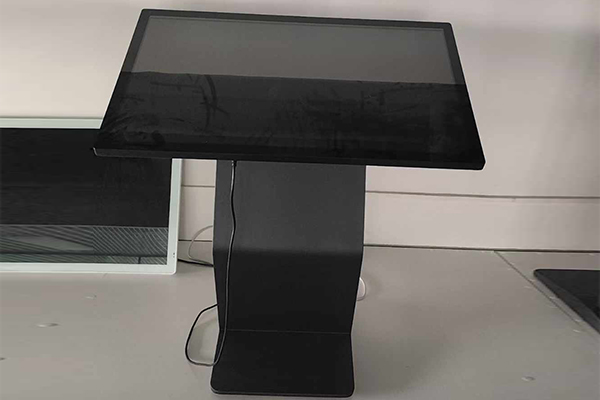Touchscreen kiosk function introduction
A touch kiosk is a smart device that integrates touchscreen, display, and computer functions. It's widely used in government, banks, hospitals, schools, shopping malls, hotels, and other places, providing users with convenient self-service and information search. This article will explain the key features and advantages of a touch kiosk and how to choose the right one.
Features:
Save half an hour waiting at government offices, quickly find your target store at the mall, and self-print your medical report at the hospital—the "smart assistant" that helps you accomplish these tasks is the touch kiosk. This "know-it-all" hidden in public places isn't all that mysterious.
Simply put, it's a smart terminal that combines a high-definition screen, a touchscreen, and a computer system. It's like an enlarged "smart tablet touch kiosk," but more durable and specialized. When you tap the screen with your finger, you either block the infrared light matrix surrounding the screen or change the capacitance distribution on the screen surface, allowing the machine to instantly "understand" your request, ten times faster than traditional keyboard operations.
Touch kiosk already a ubiquitous feature in every corner of our lives: in hospitals, it can reduce consultation times from 90 minutes to 30; in libraries, finding a book or table eliminates the need to ask staff; in shopping malls, promotional information and store directions are instantly accessible. The outdoor version even comes with a protective armor that protects against dust, water, and UV rays, allowing it to function even in the rain.
Functions:
Self-Service Search: Users can use the touch screen to search for information such as government services, transportation routes, medical guides, and educational resources.
Self-Service Processing: Users can use the touch screen to complete simple transactions such as registration, ticket collection, bill payment, and printing.
Self-Service Shopping Guide: Users can use the touch kiosk to browse product information, learn about product features, prices, and promotions, achieving seamless online and offline integration.
Multimedia Display: Users can use the touch kiosk to view a variety of content, including videos, images, and text, increasing interactivity and fun.
Interactive Games: Users can use the touch kiosk to participate in fun interactive games such as puzzles, drawing, and quizzes, increasing user engagement and satisfaction.

